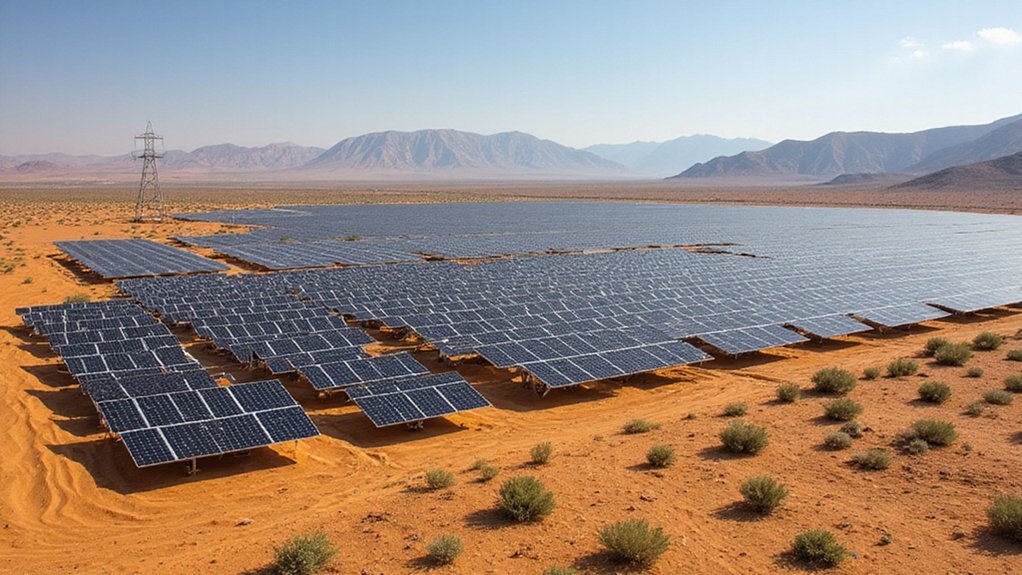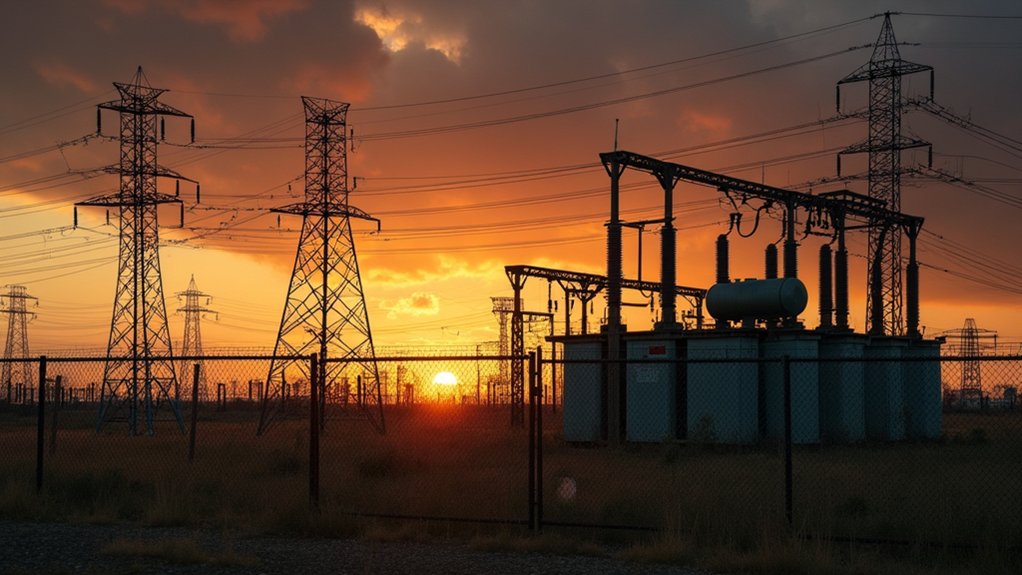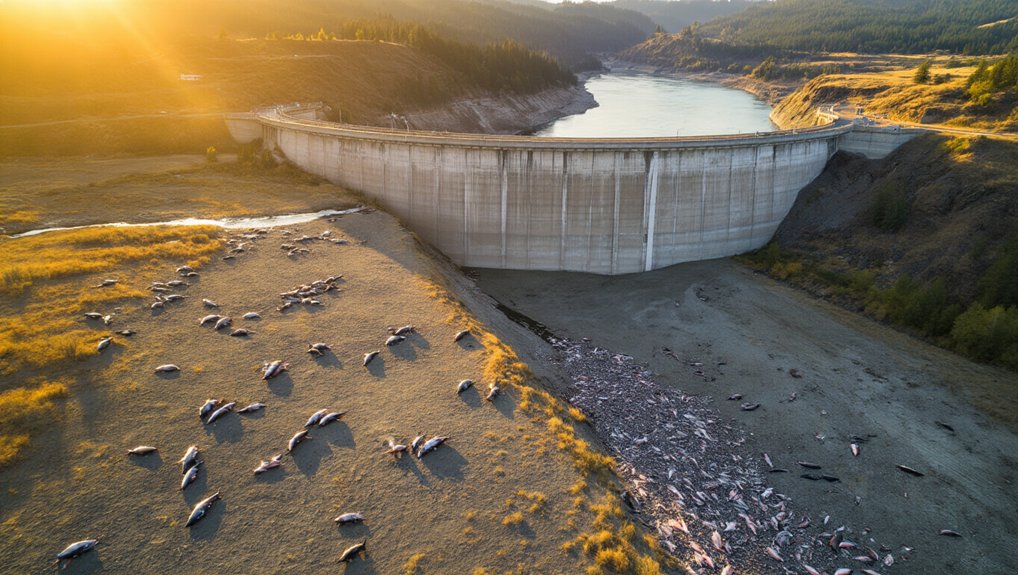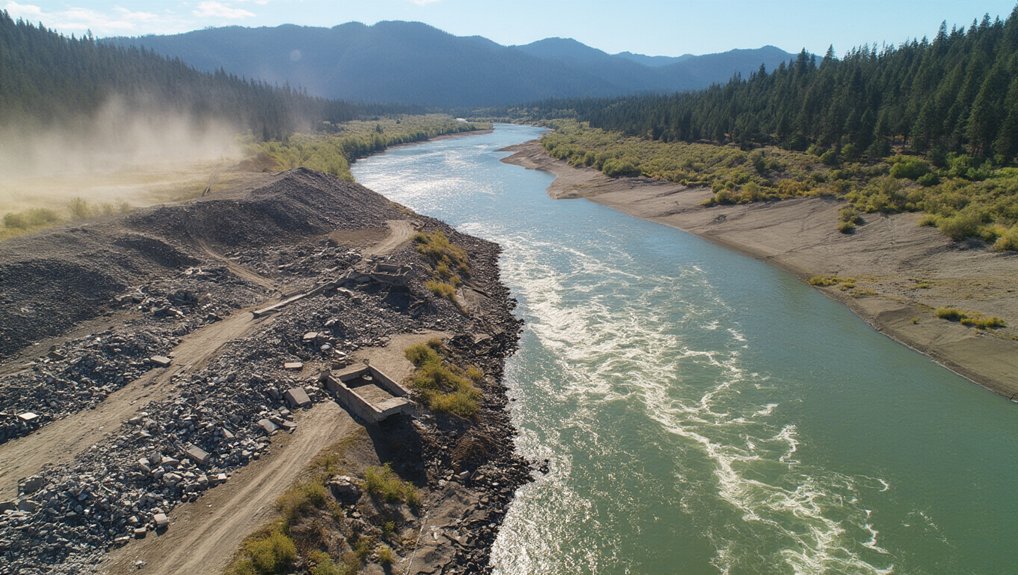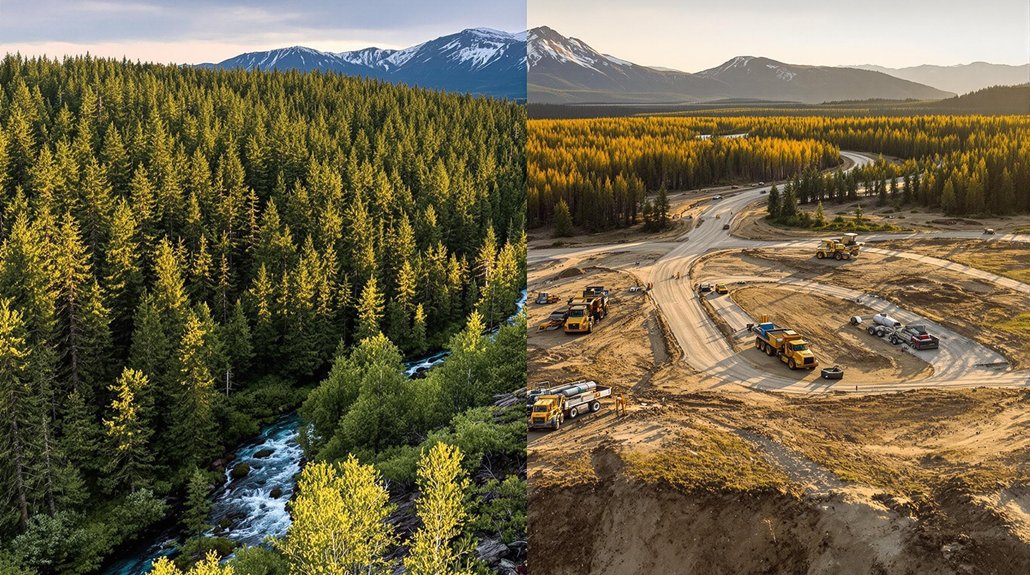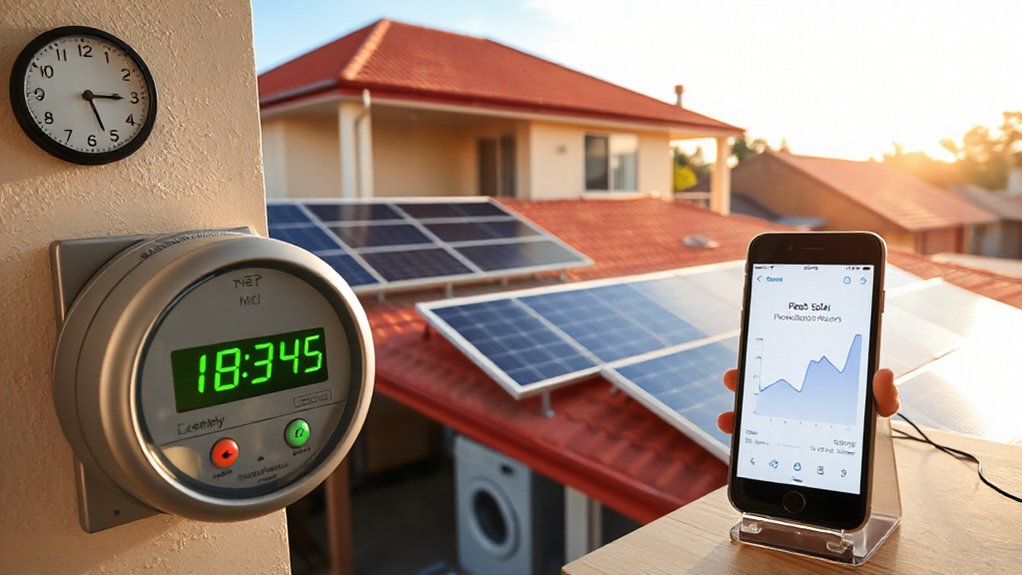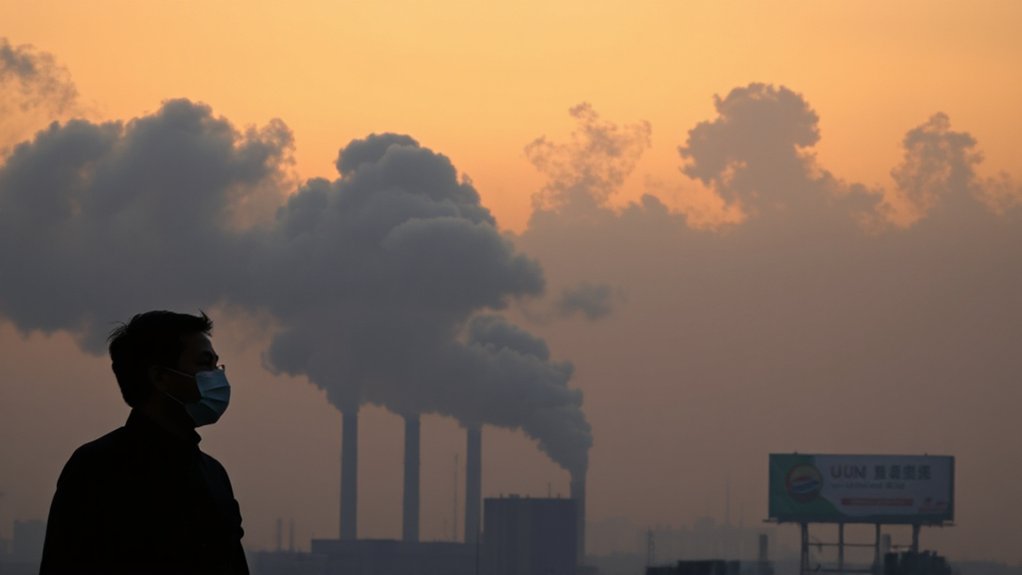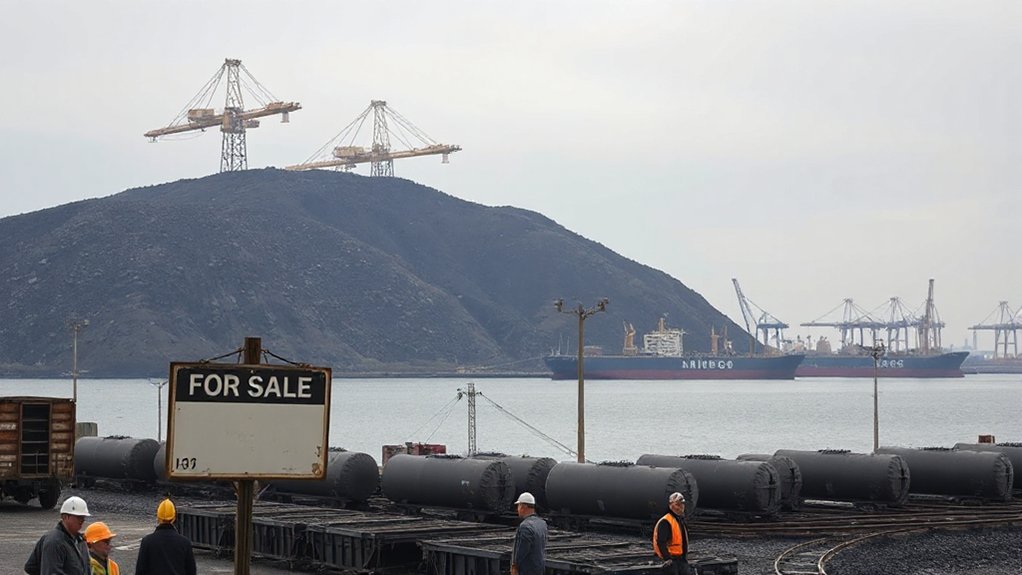Giants of renewable energy stretch across China’s arid terrains, transforming barren deserts into powerhouses of clean electricity. China now leads the world in solar capacity with 386,875 megawatts as of June 2024, making up about 51% of the global total. The country’s utility-scale solar power has reached more than 880 gigawatts in 2024, showing rapid growth in renewable energy.
China’s solar revolution transforms desert wastelands into clean energy powerhouses, dominating global capacity with strategic innovation.
The world’s largest operational solar farm started working in Xinjiang this June. This massive 5-gigawatt facility can produce about 6.09 billion kilowatt-hours yearly, enough to power an entire country like Papua New Guinea. China’s other giant solar farms include the 3-gigawatt facilities in the Ningxia Tenggeli and Golmud Wutumeiren deserts.
These solar farms aren’t just changing China’s energy mix—they’re changing desert ecosystems. The panels shade the ground, altering soil temperature and moisture levels. In some ways, this helps by reducing wind erosion and surface evaporation.
But these installations also disrupt native plant and animal habitats. Scientists are now studying how these massive structures affect desert life and developing new methods for ecological restoration. The environmental impact concerns mirror those of other renewable projects where habitat displacement often requires careful mitigation strategies.
Most of the solar giants are located in China’s northwestern deserts, particularly in sparsely populated Xinjiang. The region’s abundant solar and wind resources make it ideal for renewable energy production. These renewable energy bases are critical for sending power to eastern China’s more densely populated cities.
One Xinjiang solar farm covers 200,000 acres near Urumqi. The electricity travels long distances through special transmission lines to reach China’s eastern cities.
China’s desert solar boom has global effects. The country’s huge investments have created an oversupply of solar panels, driving down prices worldwide. This has made solar power more affordable globally but threatens some manufacturers who can’t match China’s low prices.
These projects face ongoing challenges from harsh desert conditions. Sandstorms damage equipment, and maintenance in remote locations is difficult. Some facilities, like the Mengxi Blue Ocean Photovoltaic Power Station in Inner Mongolia, are pioneering agrivoltaic models that combine solar power with agriculture by cultivating plants and raising livestock under the panels. Despite these hurdles, China’s desert solar farms continue to grow, reshaping both energy production and desert environments.
References
- https://earthobservatory.nasa.gov/images/153759/building-a-great-solar-wall-in-china
- https://www.asiafinancial.com/china-turns-on-worlds-biggest-solar-farm-in-western-desert
- https://www.eia.gov/todayinenergy/detail.php?id=65064
- https://electrek.co/2024/11/16/china-3gw-gobi-desert-solar-farm-can-power-2m-households/
- https://en.wikipedia.org/wiki/Tengger_Desert_Solar_Park
